In 2007, the Board of Directors of the Park, with resolution n° 16 of 27 July 2007, carried out a new modification of the boundaries, reporting to the Ministry of Environment and Protection of Land and Sea on 30 October 2007. By Decree of the President of the Republic 27 May 2009, published in Official Gazette n° 235 of 9 October 2009,
. The President of the Republic has, however, considered this positive intervention, because the reduction was in the natural value discarding those areas inhabited by humans for which arose many conflicts of interest in recent times, the new boundary turns all the more to natural and naturalistic boundaries in order to allow a rationalization of the same territory.
This event will, perhaps, make sure that the balance between human life and animal, can reach a better compromise recalling that the former have the right to reside in the territory without undue constraints, while the latter is to advance the same as be able to perform safely their own, beyond the human quarrels, never forget that they were the first "owners" of these vast and wild areas; less extensive and less as wild as the presence of the mass makes them less and less these. Ibex are now dangerously "domesticating" and less and less fearful of man are left to approach the distance as little as two or three meters. Just go to the Shelters Vittorio Emanuele in Valavarenche and Vittorio Sella, especially in the plateau that leads to the two little lakes Lauson, in Val di Cogne to experience what has been said, and going to the Plan of Nivolé, but also in Valnontey, red fox gets to eat the chocolate almost hand in his mouth and then follow you, like a faithful dog, as far as Pont Valsavara. Do not believe: I'll document it in his hand photo.
Includes, in addition to the ibex and chamois, a number of medium and small mammals that survive the snowline and then in an area that can be defined pre-Alpine: fox , stoat, weasel, mountain hare and normal, marten and sable, the same with the arrival of the winter season gradually descend deeper into the valley. But not only in winter because the animal, feeling protected, gets closer and closer to the man. To the surprise on the night falls this summer in the small woods near the garden of my son Christian I found myself next to a young steinbock; Great Pollein at an altitude of
about 850 meters! On the other side, ie the
"Adret", small herds of deer graze in the fields above the Hamlet Parleyaz
(1274m), at the foot of the Becca of Viou
(2856m), usually from the Valais, this has proliferated the wild boar that, coming from Val d'Isere, crossed the Park in its sector more Western, over the Dora Baltea River and climbed the opposite side. But here, that into
"Envers" is quite rare to meet him. There are no longer the bear and the wolf, while there is uncertainty for the lynx for which, it seems, have been carried out for reintroduction.
***
"They brought me back into Park, but they are like the Arab Phoenix. Everyone knows that there is but no one knows where it is. I'm not stupid: I have already cheated once!"
by SenadR
![]()
With regard to the bird park is home to almost all alpine species: golden eagle, bearded vulture said the
"Avvoltoio degli Agnelli" bird of prey with a wingspan of the largest in Italy (after restocking since the last specimen was shot down in Rhemes in 1888, disappeared even from the Park since 1912), hawk, alpine chough and coral, large head owl, ptarmigan, grouse, partridge, black woodpecker and "muraiolo" (of wall), sordone, and finch, but much more rare and in the lower elevations, the capercaillie. More than about a hundered are the bird species and more than two dozen mammals, while reptiles and amphibians are existing almost all species, including fish, trout and char and a high number for insects including a variegated range of butterflies, among which we highlight the
"Parnassius Delius paradisiacus", from the many colors.
***
"Tiny, tiny Ermine / L'Ermellino piccino piccino"
by Gino Bolfo
![]() The FLORA
The FLORANot least is the existing flora on site thanks to the enormous differences between the various walloons and with respect to various altitudes and progressive, so as to blow up the plant life of the woods and forests with lichens up into smaller fracturing of the rock at altitudes high, to say the maximum. Each species has been able over thousands of years to adapt and grow using the sun, ices, snows, rains and winds, the same, in part, can be seen
"in vivo" and sample of which is located in the Alpine Garden Paradisia Valnontey, just over the bridge over the river of the same name and the path that leads to Refuge Vittorio Sella. In addition, we highlight some particular features with endemic species exclusive to this area,
"Aethionema thomasianum, Astragalus alopeciroides, sanguisorbifolia Potentilla, Achillea and Artemisia Cortusa, Viola, Hieracium, Sedum, Mathiola, Campanula, serpyllifolia or Linnaea borealis, Potentilla, Androsace" etc. Their explosion of colors with the arrival of Spring gladdens the sight, while in other seasons leads to a sense of companionship in addressing these sometimes harsh, irksome and almost inaccessible regions. Together with you will Fauna less alone in overcoming all these hills and steps, for which we have "spent" this page to Piedmont and Valley of Aosta, observing with our lens also the National Park of Gran Paradiso.
*** (see "ALL PASSES from PIEDMONT to AOSTA's VALLEY into SOUTHEASTERN GRAIAN ALPS" to which this page was originally bound as an Appendix). In addition, this work derives in turn from "F)- GREAT PARADISE or MOUNT ISERAN/ THE GRIVOLA - RIGHT SIDE Sixth Part" published in "My Lists", always in SP, which is the first of these little treatises on the Area of Gran Paradiso.
***
"RED FOX of Nivolé Plan"
by Antonio
![]()
Ma la vera vera storia del Parco concerne la Natura
, ovvero Montagne, Colli, Ghiacciai e Laghi per color che, apparentemente, non son "viventi"; i minerali, non certo con la ricchezza propria del Gruppo del Monte Bianco, esiston e notevoli sono le miniere presenti nella zona ed anche famose nonché sfruttate insino ad un recente passato, anche se appena al di là dei confini del Parco, ma pur sempre appartenenti a questa grande area di Alpi Graie Centrali ed Orientali. Mentre per i viventi essa é rivolta in primis alla Fauna ed alla Flora, vero scopo dell'istituzione del medesimo onde preservarle.
***
"CHAMOIS of GREAT PARADISO"
by Antonio
![]()
La FAUNA
Comprende, oltre allo stambecco ed al camoscio, tutta una serie di medi e piccoli mammiferi che sopravvivono al limite delle nevi e quindi in una zona tale da esser definita pre-alpina: volpe, ermellino, donnola, lepre alpina e normale, faina e martora; le stesse con il sopraggiunger della stagione invernale gradualmente discendono sempre più verso valle. Ma non solo in inverno perché l'animale, sentendosi protetto, s'avvicina sempre più all'uomo. Con grande sorpresa sul calar della sera di questa estate nel boschetto presso l'orto di mio figlio Christian mi son ritrovato a fianco un giovane di stambecco; a Grand Pollein a quota
850 metri circa! Sull'altro versante, ovvero il cosiddetto
"Adret", piccoli branchi di cervi pascolano tranquillamente nei prati soprastanti il Villaggio di Parleyaz
(1274 m), alle falde della Becca di Viou
(2856 m), in genere provenienti dal Vallese; su questo versante ha proliferato il cinghiale selvatico che, arrivando dalla Val d'Isère, ha attraversato il Parco nel suo settore più Occidentale, oltrepassato il Fiume Dora Baltea e risalito l'opposto. Ma qui, ovvero nell'
"Envers" é alquanto raro l'incontrarlo. Non esiston più l'orso ed il lupo, mentre regna incertezza per la lince per la quale, pare, sian state effettuate prove di reintroduzione.
***
"The DEER came from the nearby Valais (Switzerland) and populates the side of th'"Adret" in Aosta Valley "
by Liba Kopeckova
![]()
Per quanto riguarda l'avifauna il Parco ospita quasi tutte le specie alpine: aquila reale, gipeto detto
"Avvoltoio degli Agnelli" il rapace con la più grande apertura alare esistente in Italia (dopo il ripopolamento poiché l'ultimo esemplare era stato abbattuto a Rhemes nel 1888 e scomparso anche dal Parco Nazionale fin dal 1912), falco, gracchio alpino e corallino, civetta capo grosso, pernice bianca, gallo forcello, coturnice, picchio nero e muraiolo, sordone, fringuello alpino e, ma molto più raro e nelle quote inferiori, il gallo cedrone. Più d'un centinaio son le specie di uccelli esistenti ed oltre una ventina di mammiferi, mentre per i rettili e gli anfibi son presenti quasi tutte le ispecie, fra i pesci la trota ed il salmerino e per gli insetti un elevato numero con un variegato campionario di farfalle, tra le quali s'evidenzia il
"Parnassius delius paradisiacus", dagli innumerevoli colori.
***
"Incredibly, he knows where to be born and grow Life!"
by Alberto Rampini
![]() La FLORA
La FLORA
Non da meno é la flora esistente in loco grazie alle enormi differenziazioni tra i molteplici valloni e rispetto alle varie e progressive altitudini, tali da far esplodere la vita vegetale dai boschi e le foreste fino con i licheni nelle più piccole fratturazioni, anfratti e fessure della roccia alle quote più elevate, per non dir massime. Ogni specie é stata in grado in migliaia di anni d'adattarsi e svilupparsi sfruttando sole, ghiacci, nevi, pioggie e venti; le stesse, in parte, si possono ammirare in vivo e campione delle quali si trova nel Giardino Alpino Paradisia di Valnontey, appena oltre il ponte sopra l'omonimo torrente e sul sentiero adducente al Rifugio Vittorio Sella. Inoltre s'evidenziano alcune peculiarietà con endemismi esclusivi di questa area: "Aethionema thomasianum, Astragalus alopeciroides, Potentilla sanguisorbifolia, Artemisia Achillea e Cortusa, Viola, Hieracium, Sedum, Mathiola, Campanula, Campanula serpyllifolia o Linnaea borealis, Potentilla, Androsace" ecc. La loro esplosione di colori con l'arrivo della Primavera allieta la vista, mentre in altre stagioni conduce ad un senso di compagnia nell'affrontare queste, a volte, difficoltose, ostiche ed impervie regioni. Insieme alla Fauna vi troverete men soli nel superare tutti questi Colli e Passi, per i quali abbiam "speso" questa pagina tra il Piemonte e la Valle d'Aosta, osservando con la nostra lente anche il Parco Nazionale del Gran Paradiso.
*** (vedi "ALL PASSES from PIEDMONT to AOSTA's VALLEY into SOUTHEASTERN GRAIAN ALPS" ove questa pagina originariamente era stata legata qual Appendice). Inoltre questo lavoro deriva, a sua volta, da "F)- GREAT PARADISE or MOUNT ISERAN/ THE GRIVOLA - RIGHT SIDE Sixth Part" pubblicato in "My Lists", sempre in SP, capostipite di questi piccoli trattati sull'Area del Gran Paradiso.
***
"Loving Battles into GREAT PARADISO"
by Gino Bolfo, Corvus & maak
^^^^^^^
Law Code and Code of Moral & Practical within the P.N.G.P.
***
"What can be done and what should not be done in PNGP",
by Marco Cossard "Crevassino"
![]() ^^^^^^^
^^^^^^^
Inside there is a P.N.G.P. Regulation with a series of prohibitions, advice and information aimed at the various visitor can be found in numerous panels, scattered within them (usually the starting point for excursions) .
This
"Decalogue" reads as follows:
YOU SHOULD NOT1)- to harm or disturb the fauna ;
2)- pick flowers, cut and remove the trees;
3)- to bring dogs, even if tied;
4)- lighting fires;
5)- leave any waste;
6)- move and to rolling stones;
7)- pitching tents outside of authorized places (camping);
8)- perform subscription, messages with engravings on stone, trees, pastures, barns or other buildings of the Park;
9)- cause explosions, noise or rowdiness or the other can be frightening and disturbing the animals;
10)- exit outside of marked trails and making inappropriate shortcuts.
More practically we just say that the license is the best good general education, if not in the naturalistic one. Surely all the points listed are important, though, we add, sometimes it is not enough to read a sign and then keep in memory everything he says. Perhaps too, for which what we value in four voices, in our opinion the most important, which should be more emphasized, ie
points 1,2,4 and 5, remembering, to respect the first, avoid coming in contact with the same. A puppy, touched by the hand of man, it can be rejected by his mother and then finally abandoned in bad luck.
Oh!, almost forgot: do not go on the glacier without a rope or not knowing to use it, the same can become a double edged sword, and instead of a victim effect different. Remember that it is always a problem to pull you out of a crevasse. Alive or dead ...
***
"What you can do, but do not overdo"
by Ilario Antonio Garzotto
![]() ^^^^^^^All'interno del PNGP esiste un Regolamento con tutta una serie di divieti, consigli ed informazione varie rivolte al visitatore che sono riportate nei numerosi panneaux disseminati all'interno dei medesimi (generalmente ai punti di partenza per le escursioni).
^^^^^^^All'interno del PNGP esiste un Regolamento con tutta una serie di divieti, consigli ed informazione varie rivolte al visitatore che sono riportate nei numerosi panneaux disseminati all'interno dei medesimi (generalmente ai punti di partenza per le escursioni).
Questo "Decalogo" recita così:
NON SI DEVE1)- disturbare oppure recare danno alla fauna;
2)- raccogliere fiori, tagliare ed asportare le piante;
3)- introdurre cani, anche se legati;
4)- accendere dei fuochi;
5)- lasciare ogni tipo di rifiuto;
6)- smuovere e fare rotolare sassi;
7)- piantare tende al di fuori dei luoghi autorizzati (camping);
8)- effettuare iscrizioni, messaggi con incisioni su pietra, alberi, alpeggi, stalle od altre costruzioni del Parco;
9)- provocare esplosioni, rumori o schiamazzi o quanto di altro può spaventare e disturbare gli animali;
10)- uscire al di fuori dei sentieri tracciati e segnalati effettuando inopportune scorciatoie.
Più praticamente ci limitiamo a dire che la miglior patente consiste nella buona educazione generale, se non proprio in quella naturalistica. Sicuramente tutti i punti riportati son importanti, anche se, aggiungiamo, a volte non é sufficiente leggere un cartello e poi tenere ben in memoria tutto ciò che dice. Forse troppo, per la quale cosa teniamo maggiormente a quattro voci, a nostro avviso le più importanti, che andrebbero maggiormente sottolineate, cioè i
punti 1,2,4, e 5, ricordandosi, al riguardo del primo, di evitare di venire a contatto con i medesimi. Un cucciolo, toccato dalla mano dell'uomo, può essere rifiutato dalla madre e quindi definitivamente abbandonato a cattiva sorte.
Ah!, dimenticavamo: non andate sui ghiacciai senza corda o non sapendo com'usarla; la stessa può diventare arma a doppio taglio ed invece d'una vittima effettuarne diverse. Ricordatevi che é sempre un problema tirarvi fuori da un crepaccio. Da vivi o da morti ...
***
"The meekness and fear of the Animals",
by Afzal, Antonio, johnmnichols, Gino Bolfo & Osw
^^^^^^^
suggestions into PARK
Dal lato opposto da dove son venuti ... / On the opposite side from where they came ...
"Hello, you are welcome to P.N.G.P. We'll try not to disappoint you!",
by Antonio
![]() ^^^^^^^***
^^^^^^^***
![]()
by
Emilio Bertona, livioz, Aquila, Marco Cossard "Crevassino", emilius, Osw, morceaux, FrancescoCalvetti & jonybakery
^^^^^^^
![]()
sic transit gloria mundi
^^^^^^^
"L'Amour, la Beauté etla Jeunesse sontun Passage, commele Soleil etson Hombrage".
![]() ^^^^^^^
^^^^^^^
"Love and Youth are a Passage Beauty, such as the Sun and its Shady".
![]() ^^^^^^^
^^^^^^^
"L'Amor, la Gioventude e la Bellezza son'un Passaggio, siccome il Sol edil suo Ombraggio".
![]() ^^^^^^^
^^^^^^^
"When it flows the Nature abandons Trophies, when it passes the man releases Disasters, although by the King or Science ... / Quando scorre la Natura abbandona Trofei, quando passa l'uomo rilascia Disastri, anche se son del Re o della Scienza ...".
![]() Five Philosophical Suggestions Argent to combat Time passing and Foolishness of men:
Five Philosophical Suggestions Argent to combat Time passing and Foolishness of men:
1)- Do not shovel snow. The Sun melts the.
2)- Do not sweep the leaves. Takes away the Wind.
3)- Do not kill people. Die alone.
4)- Do not wreak havoc on Nature. You do not forgive.
5)- Do not beat women. There is no use, they always do what they want to do.
vvvvvvv
"Better safe than sorry!! / Fidarsi é bene, non fidarsi meglio!!! ...".
^^^^^^^
![]()
Cinque Consigli Filosofici d'Argento per combattere il Tempo che passa e la Stoltezza degli uomini:
1)- Non spalar la neve. La scioglie il Sole.
2)- Non scopar foglie. Le porta via il Vento.
3)- Non uccider uomini. Muoion da soli.
4)- Non devastare la Natura. Non te lo perdonerà.
5)- Non batter donne. Non serve a nulla, fan sempre ciò che voglion fare.ALARM!***ALARM!!
"We watch all together so that they do not wrap around pylons also "Granpa" / Vigiliamo tutti insieme affinché questi piloni non avvolgono anche il Granpa".
by Antonio
![]()
^^^^^^^
The Right Great Spirit ... il Giusto Grande Spirito
"Do not enter the Park as the Great Armada, or worse, the Devil. Sign in using low-profile, high and meditate ... / Non entrare nel Parco come la Grande Armada o, peggio, il Diavolo. Entra con basso profilo, elevati e medita ...",
by Xim & adventurer
"Come in, however, with the Soul of a child and moved closer to Nature in Silence ... / Entra, invece, con l'Anima di un bambino ed avvicinati alla Natura in Silenzio ...",
by Xim, Scott & Marija
^^^^^^^
^^^^^^^
"Even the stones will understand you and you can make the big leap to the Moon... / Anche le pietre ti capiranno e potrai fare il grande balzo verso la Luna ...",
by Xim
![]() ^^^^^^^
^^^^^^^
KEY CONTRIBUTIONS PHOTOS
On the opposite side from where they came ... / Dal lato opposto da dove son venuti ...
"Mamma Mia, how many people who work, You and I are quietly watching!",
by emilius
![]()
^^^^^^^
Action photographs & other, by Various
AUTHORS & WRITERS:
"P.N.G.P. - Gran Paradiso National Park logo", by
Silvia MAZZANI;
"A big male of ibex in P.N.G.P.", by
Silvia MAZZANI;
"Bonjour Monsieur/Mr. Bonjourn"; by
Camillo Roberto FERRONATO;
"Vallone di Montandayné: steinbock (Capra ibex) in front of the Gran Paradiso range", ", by
Zed;
"Stambecco nei pressi di Pont...", by
Antonio GIANI;
"Bearded Vulture (Bartgeier)", by
DoJo;
"Chamois near Pont di...", by
Antonio GIANI;
"Bassa’s Serra Link ROUTE...", by
Antonio GIANI;
"Discesa in compagnia...", by
Emilio BERTONA (emilius);
"The Fox (Gran Paradiso)", by
Antonio GIANI;
"Parnassius apollo (or Parnassius phoebus)", by
livioz;
"An Elusive Creature", by
SenadR;
"Animals of the Gran Paradiso..." (n° 1), by
Gino Bolfo;
"The Fox (Gran Paradiso)", by
Antonio GIANI;
"Chamois" (n° 1), by
Antonio GIANI;
"A "pino laricio" growning on the rock", by
Alberto RAMPINI;
"Mule deer buck", by
Liba Kopeckova;
"Animals of the Gran Paradiso..." (n° 2), by
Gino Bolfo;
"Animals of the Gran Paradiso..." (n° 3), by
Gino Bolfo;
"Ibex of Monviso", by
Corvus;
"Animals of the Gran Paradiso..." (n° 4), by
Gino Bolfo;
"Steinbocks Play", by
maak;
"The young of IBEX", by
Marco COSSARD "Crevassino";
"NEW LIFE on FOURQUIN of BIOULA", by
Ilario Antonio GARZOTTO;
"Eagle", by
Afzal;
"Chamois" (n° 2), by
Antonio GIANI;
"Punta del Tuf", by
Antonio GIANI;
"Curious Fox", by
johnmnichols;
"Animals of the Gran Paradiso..." (n° 5), by
Gino Bolfo;
"The Fox (Valsavarenche, Gran Paradiso), 22 febbraio 2007", by
Antonio GIANI;
"Punta Rossa della Grivola", by
Osvaldo CARDELLINA;
"Landscapes of the Gran Paradiso", by
Antonio GIANI;
"Grivola Mountain Chain", by
Emilio BERTONA (emilius);
"Grivola, Herbetet, Gran Paradiso, Ciarforon and Becca di Monciair from col Finestra", by
livioz;
"VALNONTEY", by
Aquila;
"Between Gran Paradiso & Piedmont from Black Loch 1974", by
Marco COSSARD "Crevassino";
"Blizzard in Grivolá...", by
Emilio BERTONA (emilius);
"Feluma Tzaboc or Luetta Peaks and Pass2, by
Emilio BERTONA (emilius);
"GREAT PARADISE to be dumbstruck to Piedmont September 1980", by
Osvaldo CARDELLINA;
"Another cloudy sunset", by
morceaux;
"Ciarforon and Becca di Monciair", by
Francesco CALVETTI (Francescocalvetti);
"Gran Paradiso, Italy", by
jonybakery;
"So ends the Glory of the Alps", by
Ivo CHUC;
"Tresenta from Gran Paradiso", by
morceaux;
"Verso Torre Ponton", by
Emilio BERTONA (emilius);
"PONTON TOWER (3101m) from Northwest and bad WEATHER arriving.", by
Emilio BERTONA (emilius);
"User Profile Image" (n° 1), by
Xim;
"User Profile Image", by
adventurer;
"User Profile Image" (n° 2), by
Xim;
"In the background: South Face...", by
Xim;
"Kessler in the bluffs and...", by
Scott;
"Gorg Blau", by
Xim;
"Coma des Ases", by
Xim;
"Enough water-supply", by
Xim;
"Happy child ...", by
Marija;
"Nikola in Komarnica canyon", by
Marija;
"Climbing-practice", by
Xim;
"Kessler at Ahu Tongariki. The...", by
Scott;
"Fragguel climbing spot...", by
Xim;
""The Owl" P.N.G.P." (n° 1), by
Antonio GIANI;
""The Owl" P.N.G.P." (n° 2), by
Antonio GIANI;
"Travel from all the Summits of "GRANPA"", by
Antonio GIANI;
"A Journey into P.N.G.P Excuse me what are you doing here in my home?", by
Emilio BERTONA (emilius).


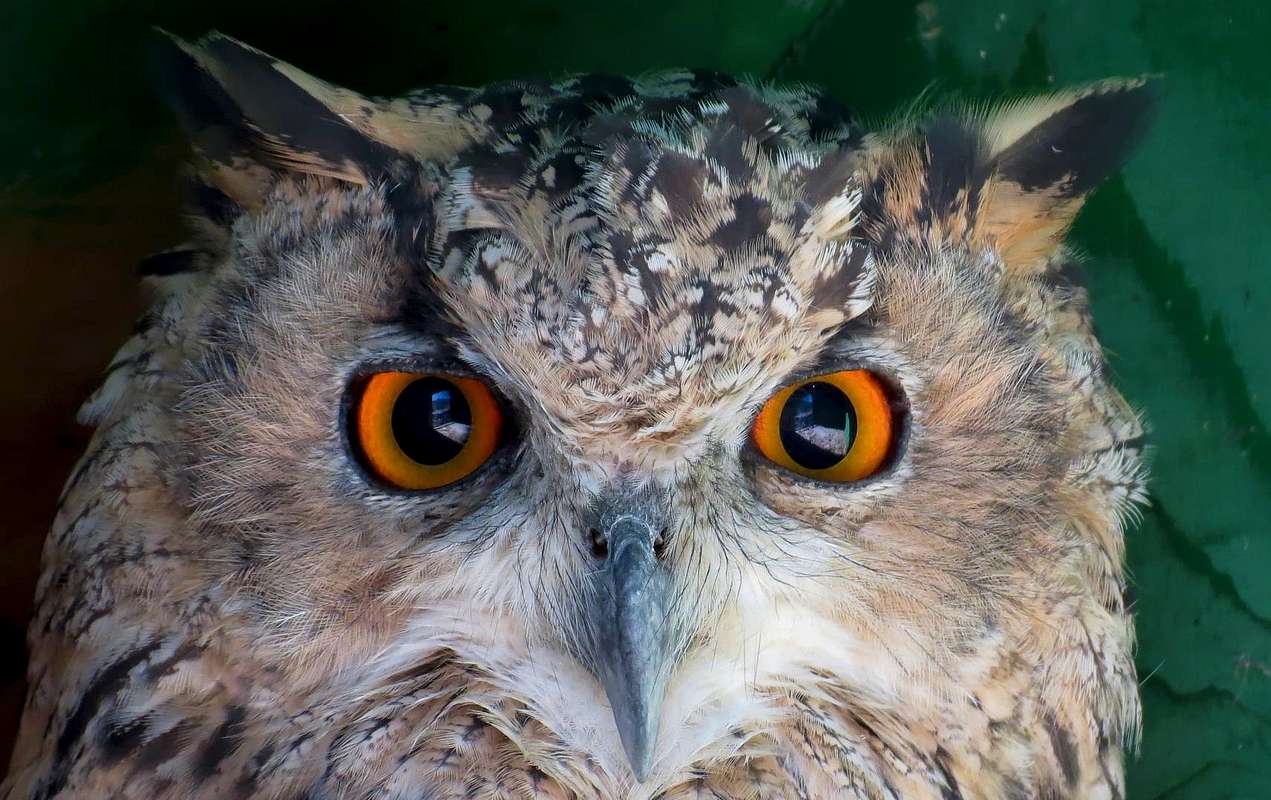

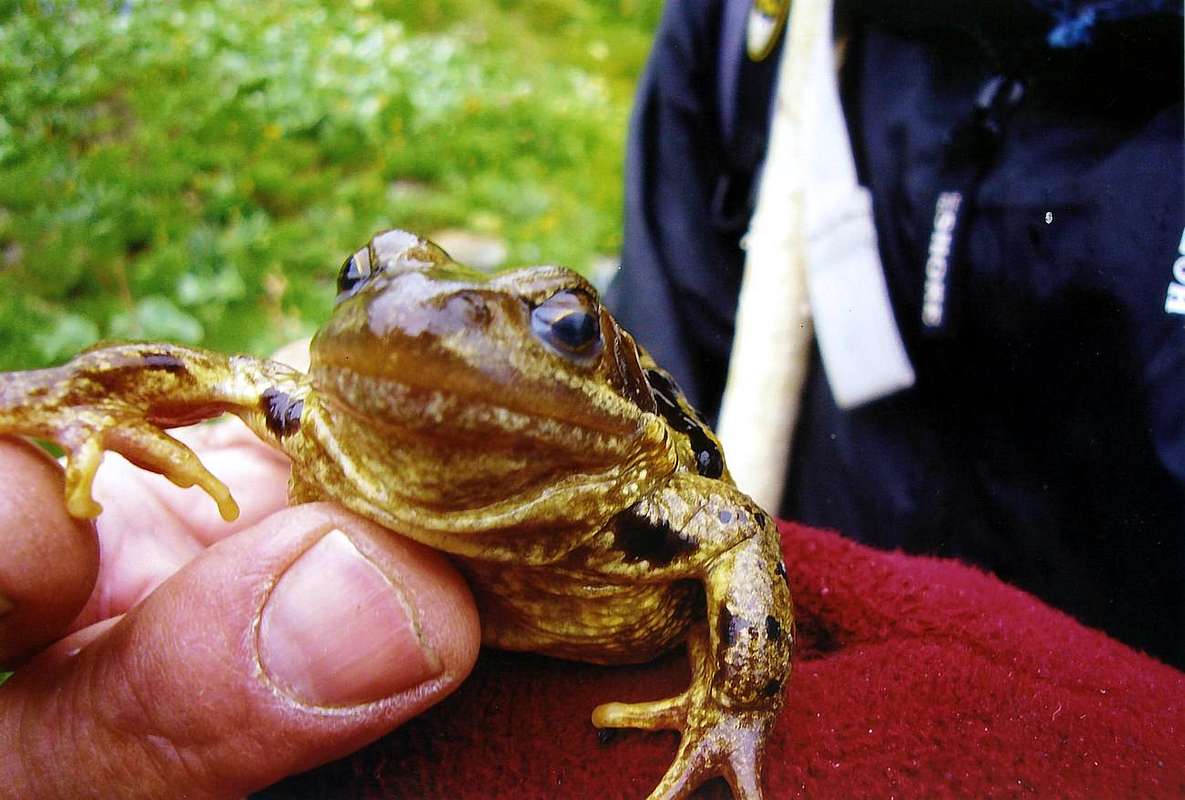
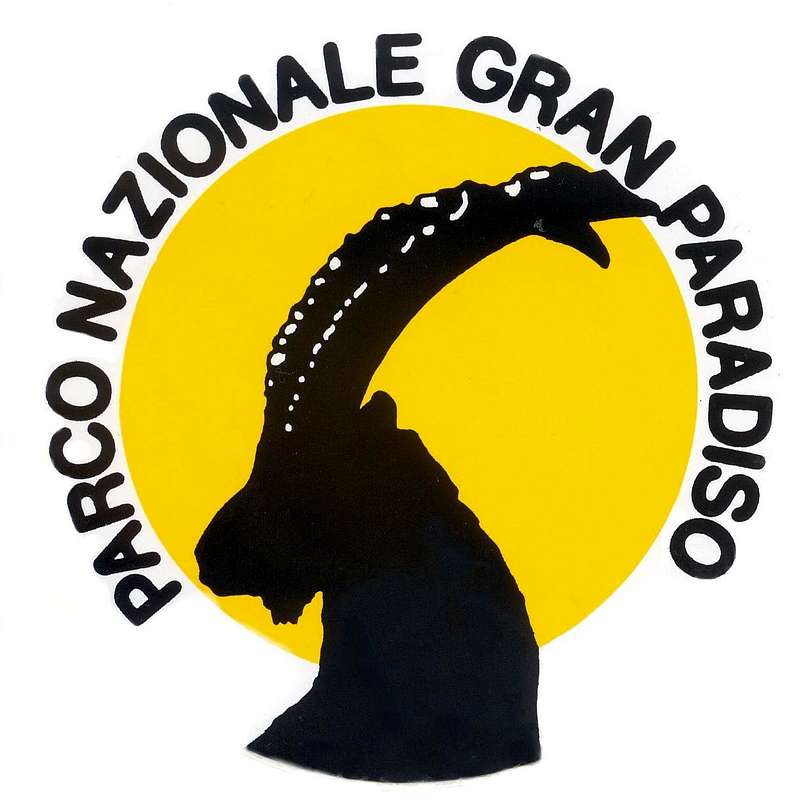
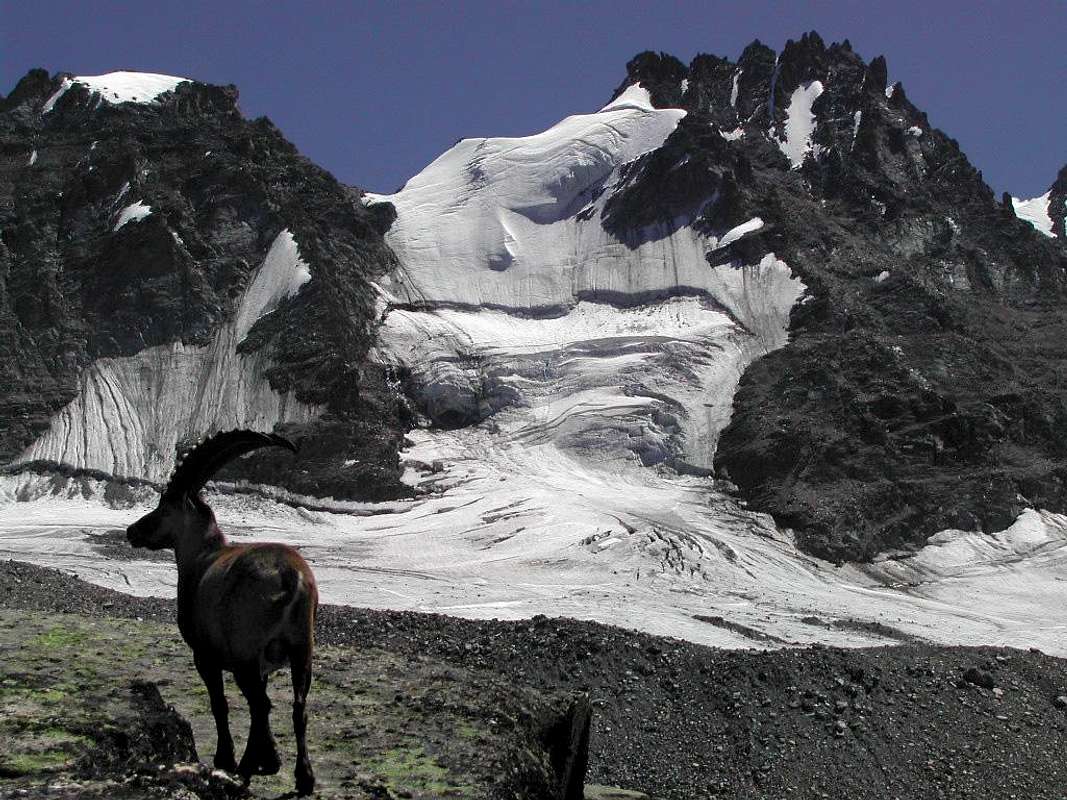

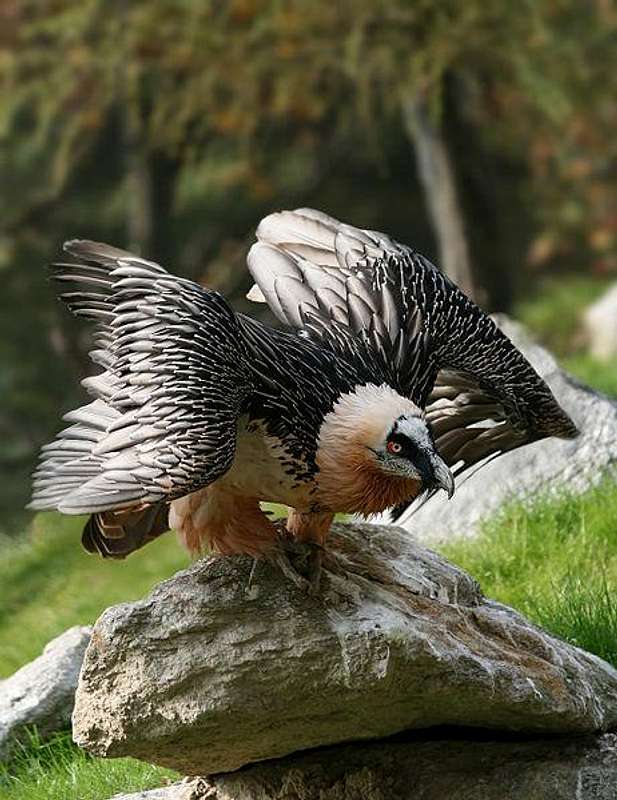




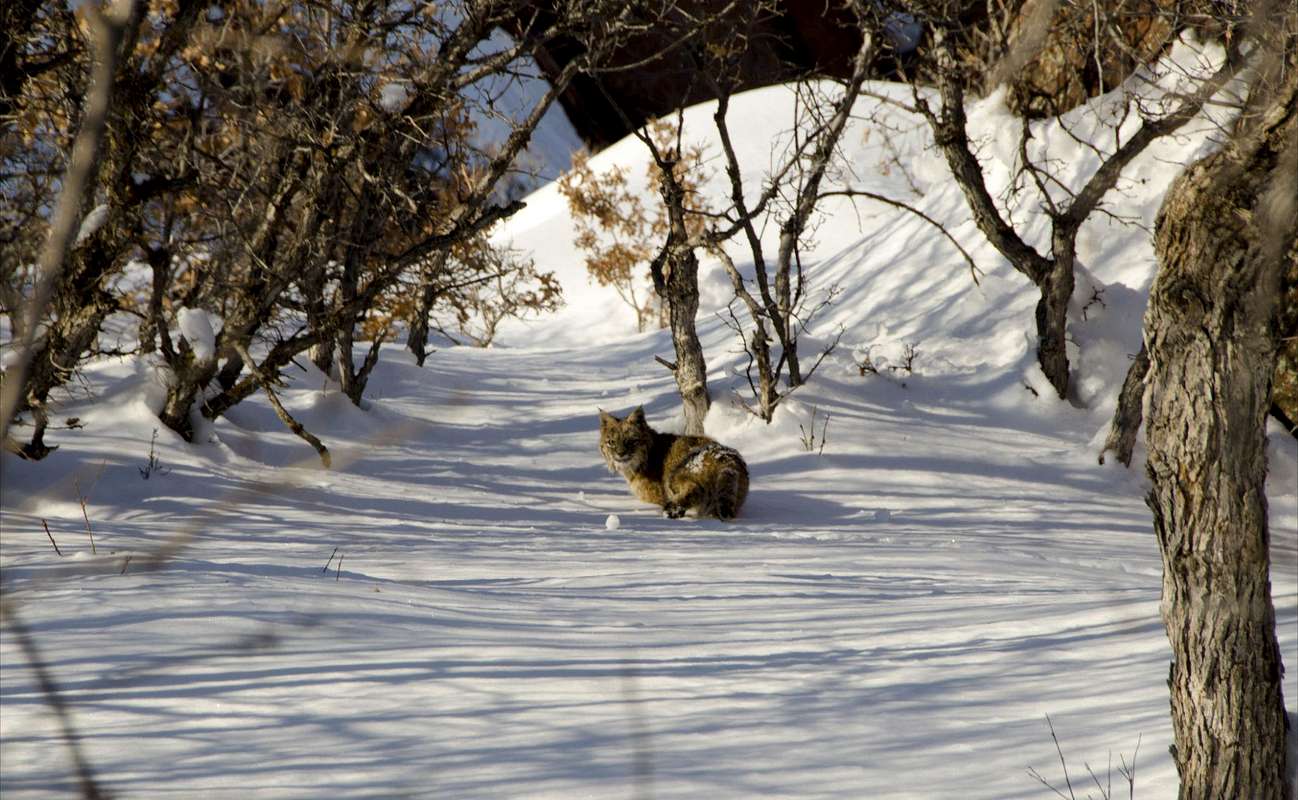

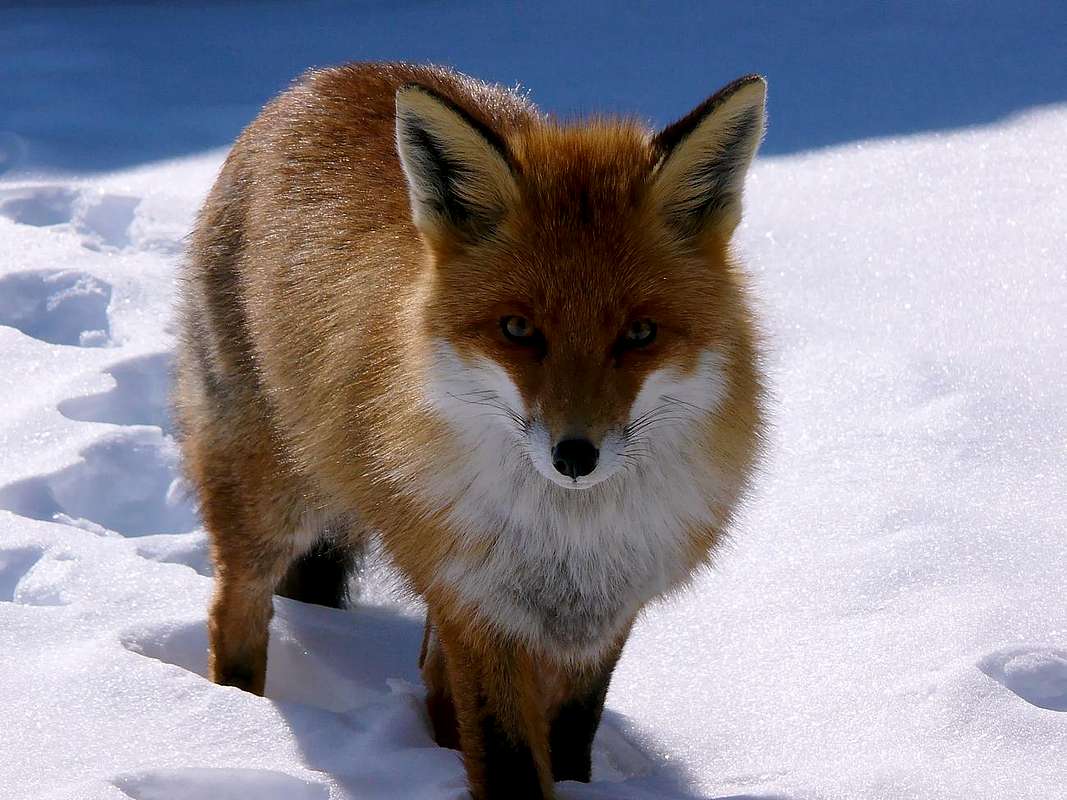
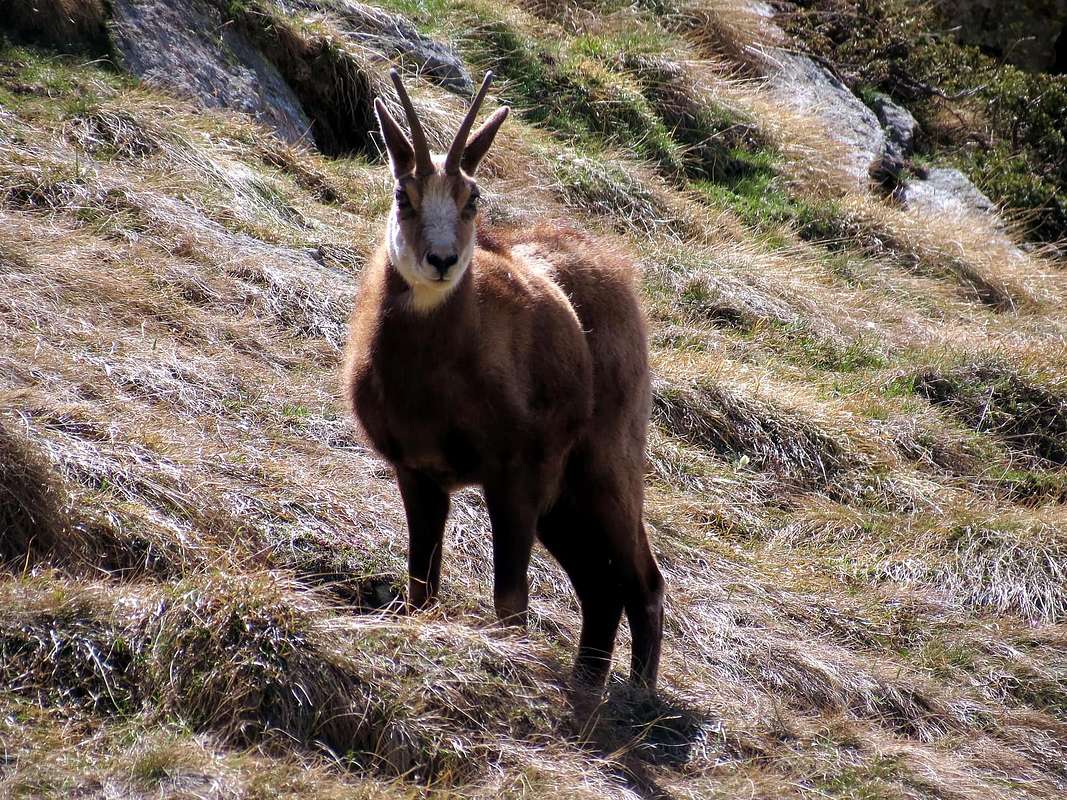
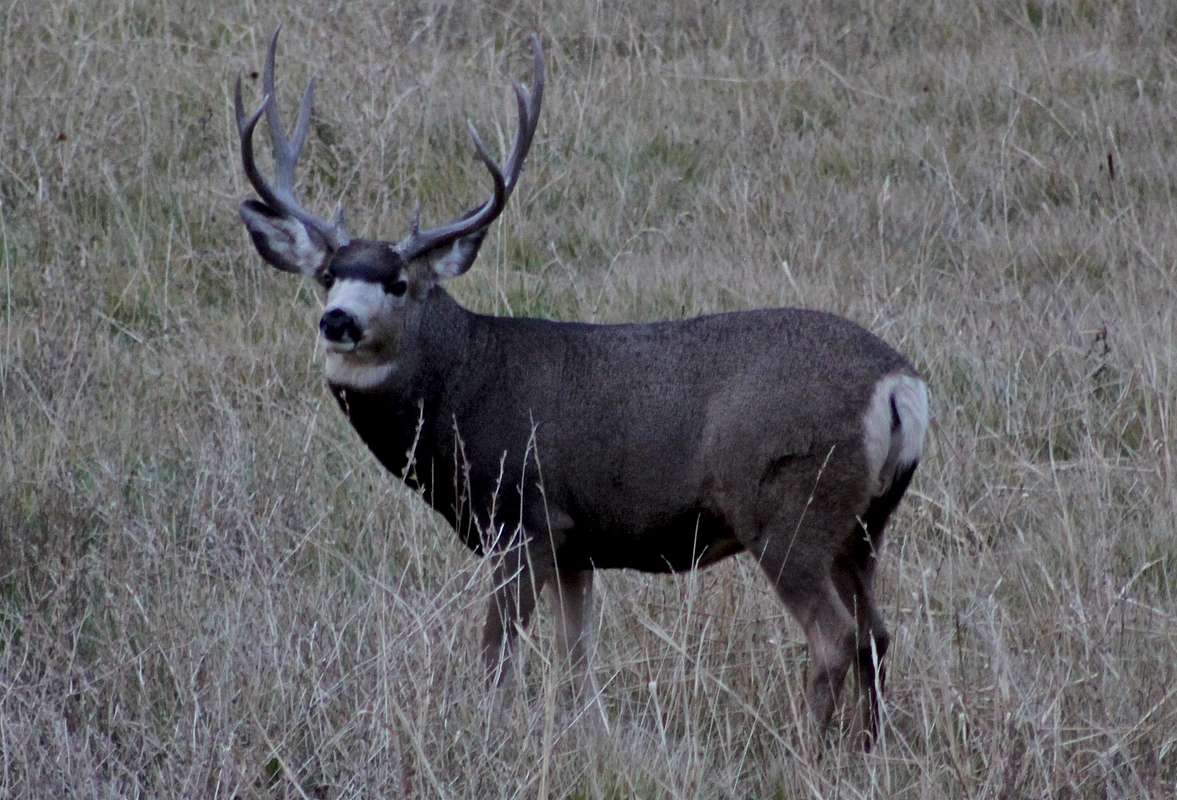
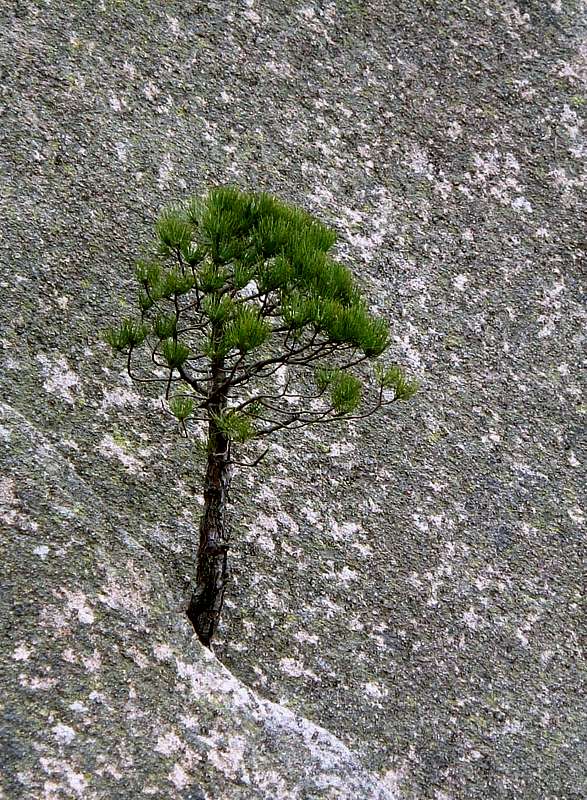

















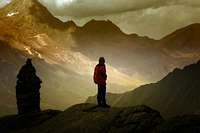






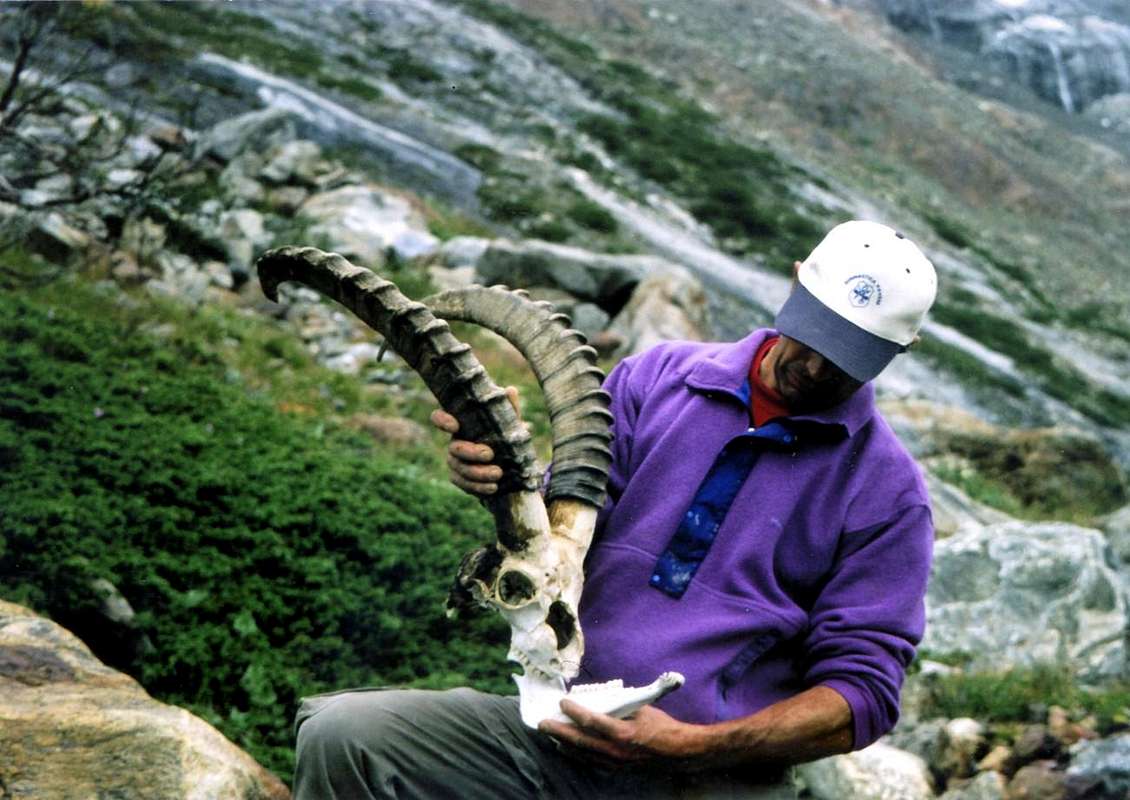
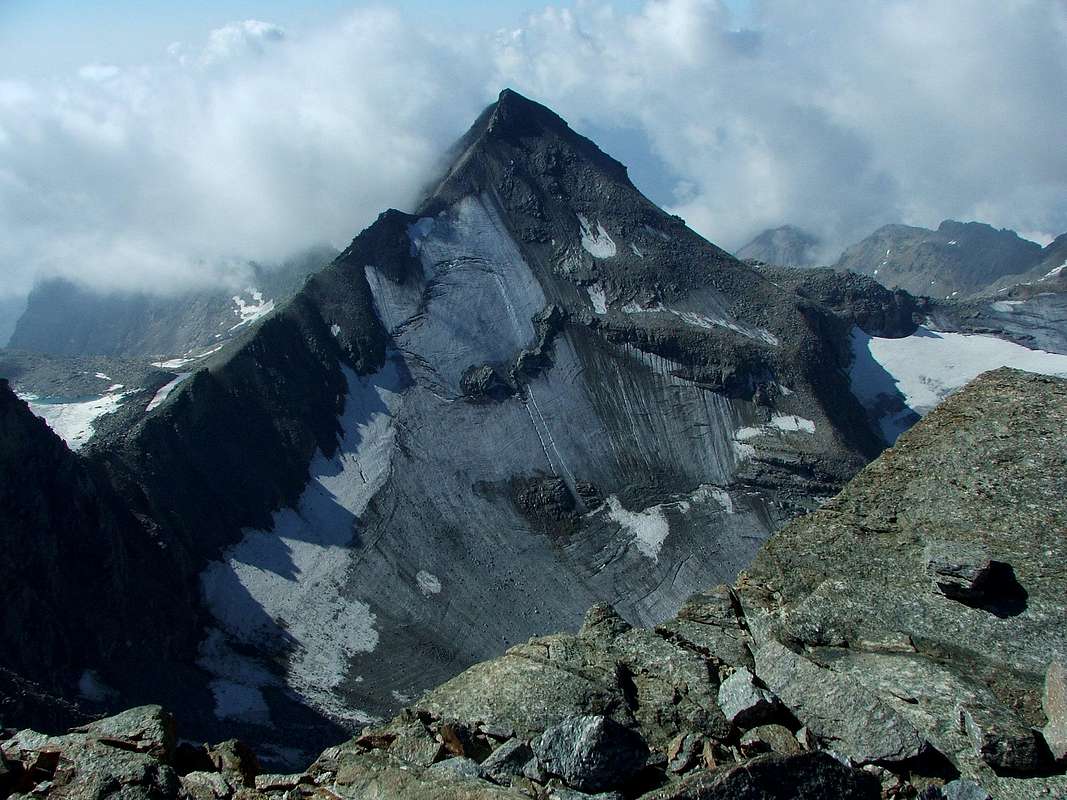
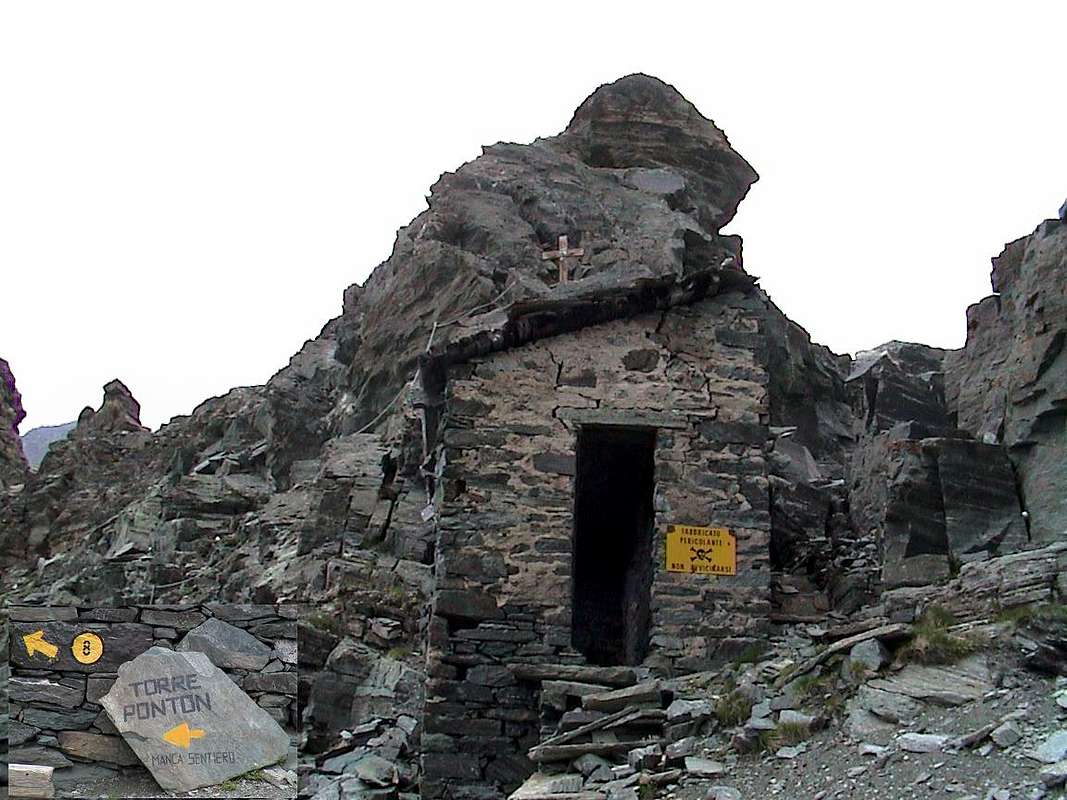

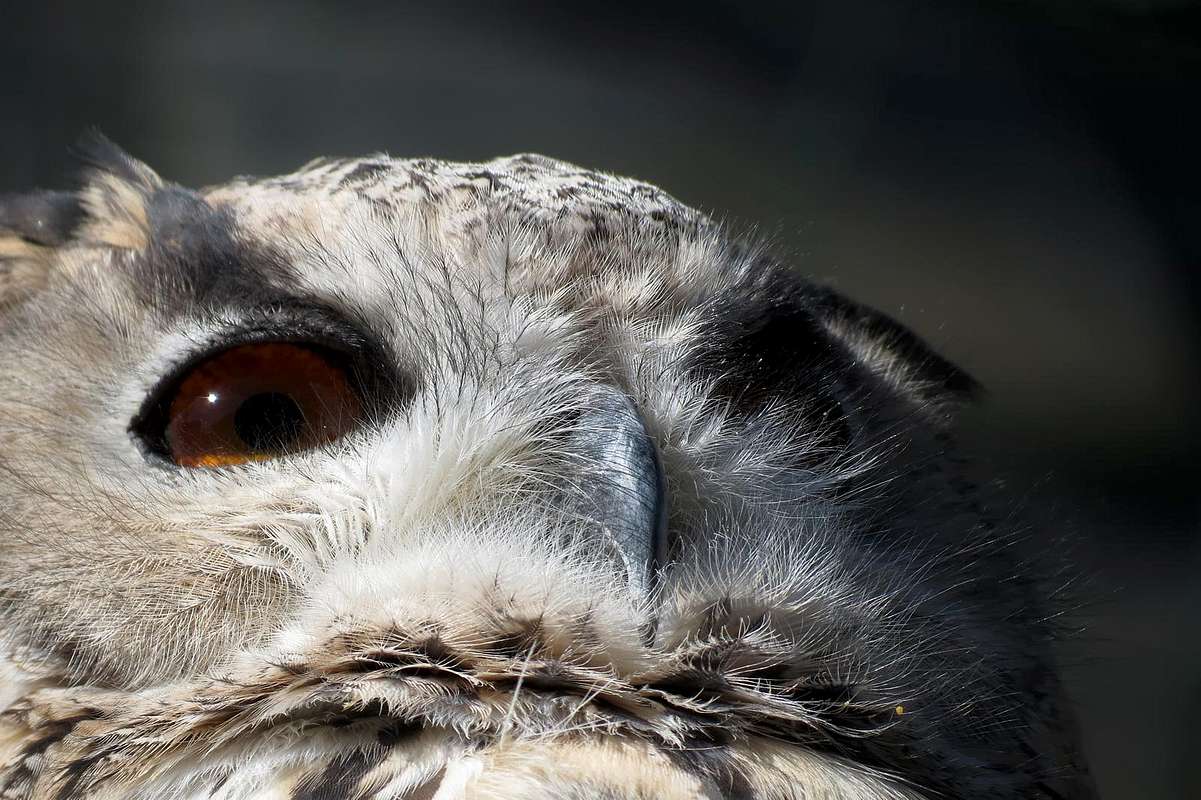


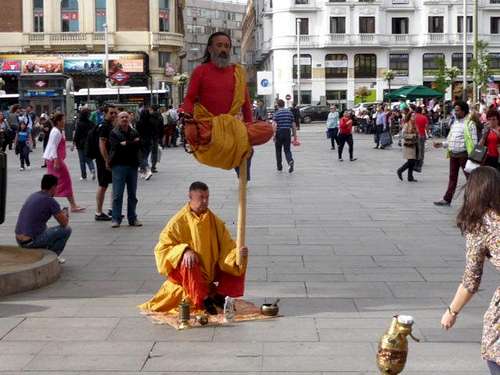





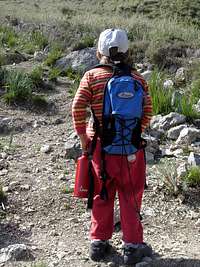




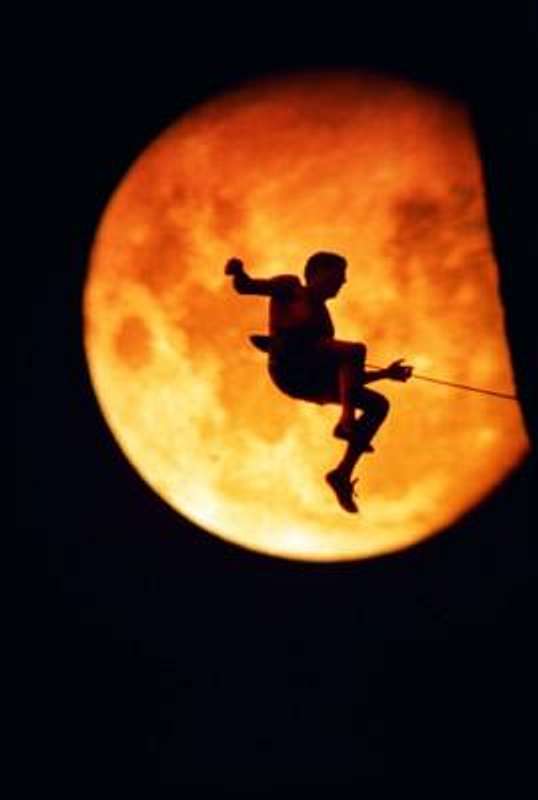
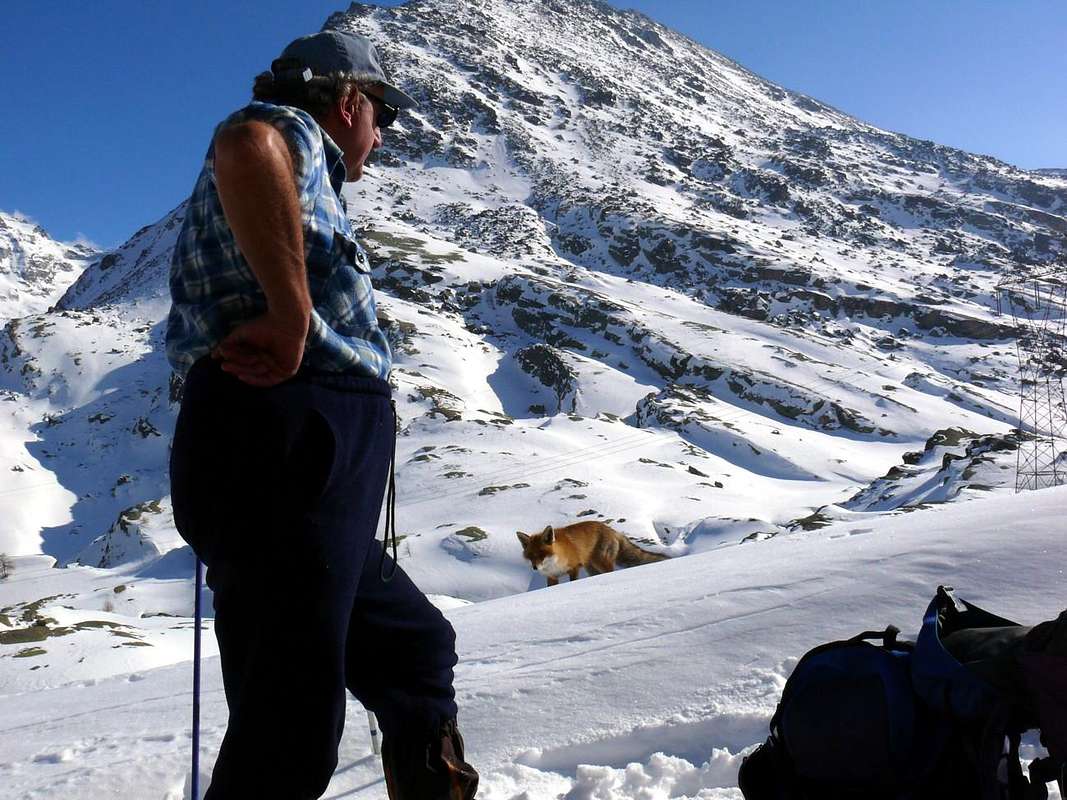


Comments
Post a Comment